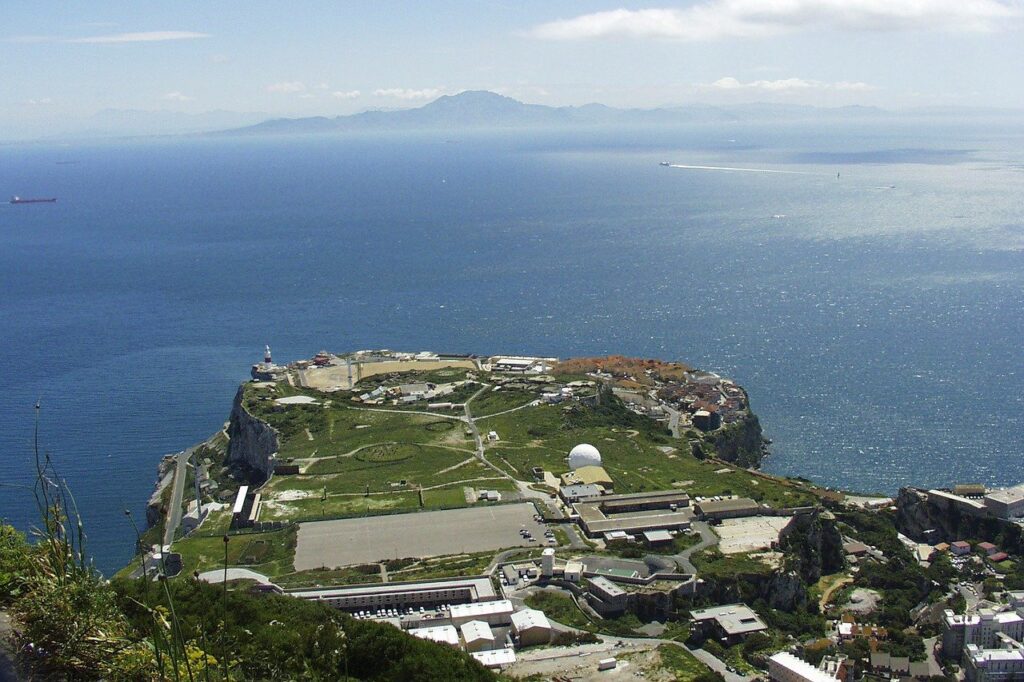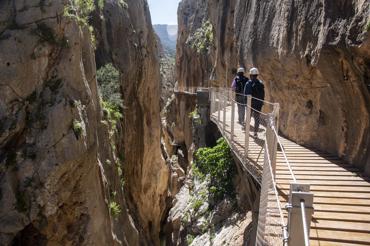The Spanish War of Succession was fought to determine the next king of Spain, as the crown was in dispute. Though this was a completely Spanish matter, forces from all over Europe aligned themselves with either candidate for the throne to defend their political and economic interests. Sir George Rooke captured Gibraltar for the British during the war and Spain formally ceded it under the terms of the Treaty of Utrecht at the end of the in 1713.
The Spanish made several attempts to reclaim Gibraltar from the British government. From 1779 to 1783 Spain maintained a military siege of the peninsula that was ultimately unsuccessful. Gibraltar officially became a British crown colony in 1830.
Once the Suez Canal was opened in 1869, the British became even more determined to keep possession of Gibraltar. At the time, the Mediterranean was the main route to Britain’s colonies in East Africa and southern Asia.
In the 1960s, as decolonization was taking place worldwide, the Spanish government demanded the peninsula’s return. As a consequence, in 1967 a referendum was held giving residents a choice between Spanish sovereignty or continued British occupation. The disputed result was to continue under British rule.
In 1969 a new constitution was drafted for Gibraltar that explicitly reaffirmed Gibraltar’s link with Britain while also granting it full internal self-government. In response, the Spanish government closed its border with Gibraltar. This deprived the territory of Spanish goods and labor. This blockade ended in 1985.
The status of Gibraltar has remained a source of friction between the Spanish and British governments. In a nonbinding referendum in 2002 recognized by neither government, 99 percent of Gibraltar’s voters rejected joint British-Spanish sovereignty. Both governments subsequently allowed Gibraltar to represent itself in negotiations on its future.




